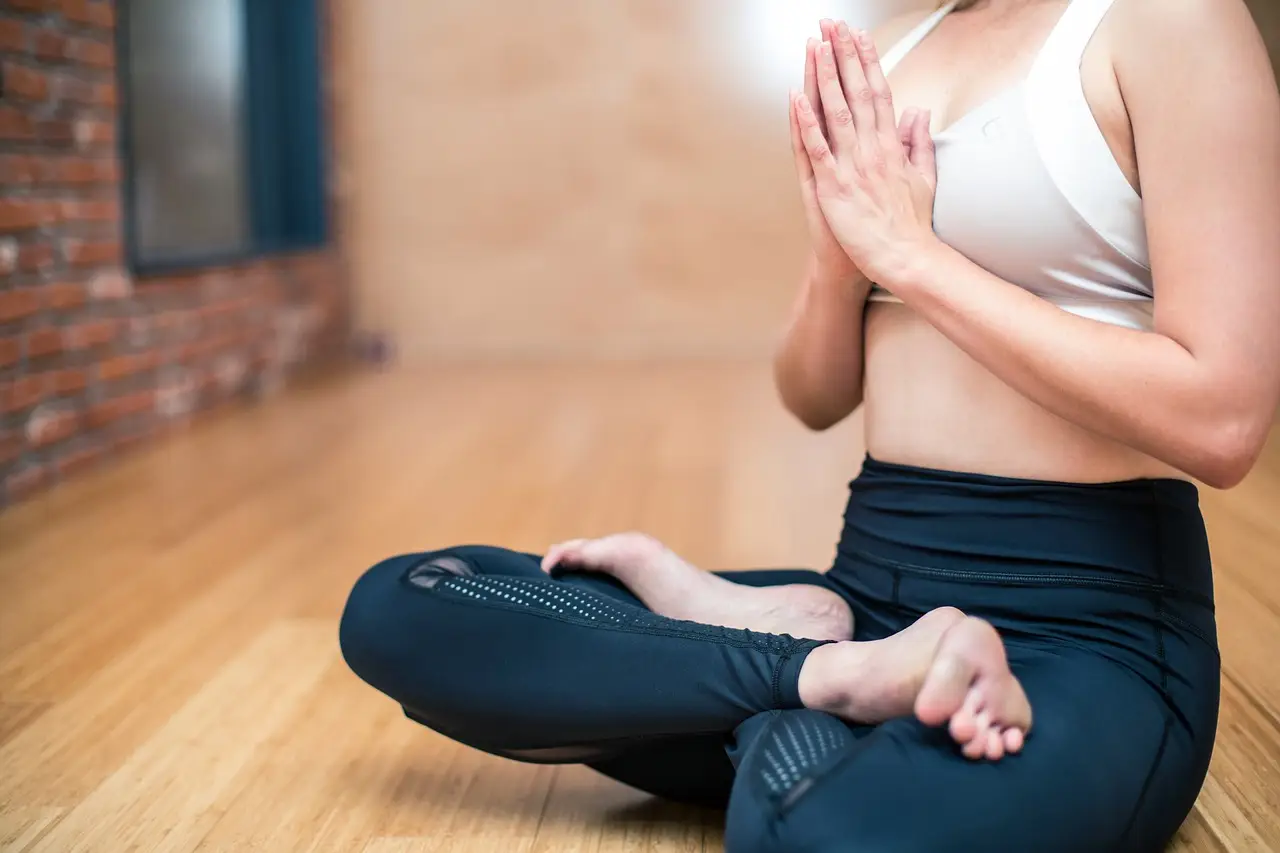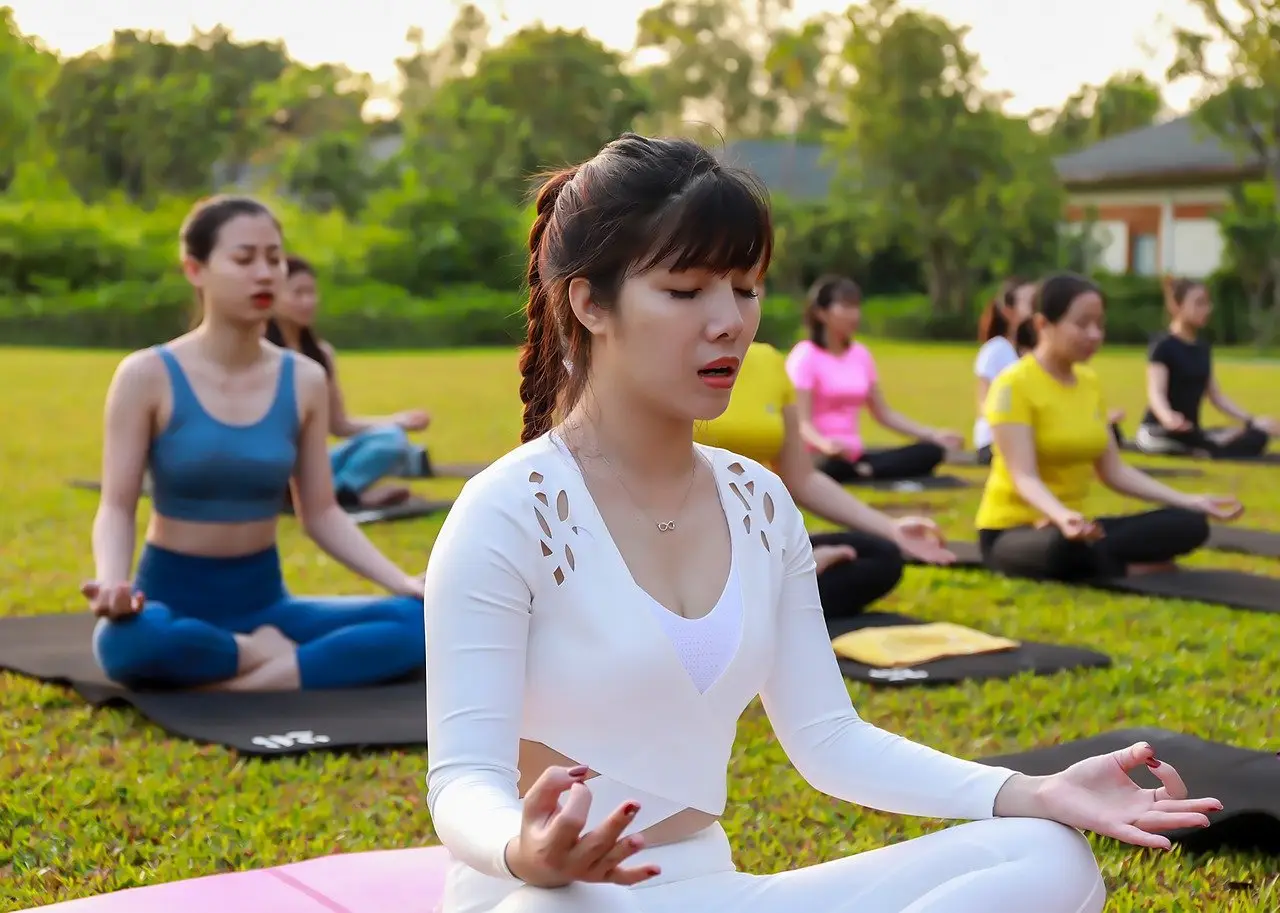Easy Yoga poses can help kids stay active, improve concentration and boost their mental health. It cannot be easy to introduce Yoga to kids if you present it as another form of exercise. The key to making yoga fun and engaging for children is to use stories, games and other activities that they enjoy.
This guide will explore ways to introduce kids to Yoga, standing poses that they’ll enjoy, and how Yoga boosts their confidence and health. We’ll also share tips for making Yoga a habit with the help of Yognik.com – your favourite platform for online kids’ yoga classes.
Creative Ways to Introduce Yoga for Kids
Yoga can be fun and interactive if it is incorporated into their daily playtime. Add some creativity to traditional yoga sessions to make them more interesting.
Yoga as a Storytelling Adventure
Storytelling is a great way to get kids interested in Yoga. Turn a yoga pose into an adventure instead of just telling them how to do it.
When practising Tree Pose, ask them to imagine themselves as a tree growing and swaying with the wind.
When doing Warrior Pose (Virabhadrasana), have them imagine themselves as warriors who are protecting their kingdom. Kids learn Yoga better when they associate the poses with a story.
Yoga Games that are Engaging and Fun
When children are having fun, they learn better! Introduce games such as “Yoga Freeze”, in which they hold a position when the music stops or “Yoga Simon Says”, in which they only follow instructions when you say, “Simon Says.” These games not only make yoga fun, but they also improve their listening, balance and coordination skills.
Include Music and Rhymes
Why not combine music with Yoga for kids? Make Yoga seem like a dance by playing soft, rhythmic music in the background. You create simple rhymes and songs that relate to certain poses.
You do, for example, chant, “Stand tall, don’t fall, be strong as a mountain wall!” while performing Mountain Pose (Tadasana). It makes Yoga for children fun and memorable.
Standing Yoga poses for Kids
Standing poses can help children develop strength, improve their posture and enhance their coordination. Here are three fun and easy standing yoga poses for children:
Mountain Pose (Tadasana)
This is one of the easiest yet most powerful poses of Yoga for children. Ask your child to stand up tall, with their feet together and hands at their sides. Please encourage your child to breathe deeply and visualize themselves as a solid, stable mountain. This pose improves posture, increases focus and creates a calmness.
Tree Pose (Vrikshasana).
This pose improves concentration and balance in children. Ask them to place one foot on the inner thigh and stand on the other leg. They can stretch their arms like branches of a tree. Pretend they are trees in the forest and that the wind gently moves them. This pose helps improve leg strength, coordination and patience.
Warrior Pose
The Warrior pose is a great way to build strength and self-confidence. Step one foot in front of your child, bend their knees, and have them stretch out their arms. Encourage your child to feel like an adventurous warrior. This pose helps to strengthen the legs and core and boosts confidence.
Health Benefits of Yoga for Kids
Yoga has many benefits for children’s overall health.
Increases flexibility and strength
Yoga helps children maintain and improve their flexibility while building strength. Poses like Downward Dog and Cobra Pose strengthen muscles and improve coordination. They also reduce injuries from other sports.
Improves focus and concentration
Kids are easily distracted in today’s fast-paced society by screens and digital gadgets. Yoga helps them to stay focused and present. Poses such as Tree Pose and Eagle Pose demand concentration. This translates to better focus at school and in daily activities.
Emotional well-being is boosted.
By reducing anxiety and stress, Yoga helps children develop emotional balance. Deep breathing techniques and relaxation techniques help calm the mind, improve self-regulation, and boost confidence and happiness.
Boosting Confidence in Children Through Yoga
Confidence plays an important role in the development of a child, and Yoga can help boost self-esteem.
Encouragement of Self-Expression
Yoga allows children to express themselves and move at their speed, unlike competitive sports. The children can experiment with different poses without the fear of failing, allowing them to feel more in charge of their bodies.
Celebrate Progress, Not Perfection
Yoga teaches children that progress is more important than perfection. They will get better with practice, even if they are struggling with a particular pose. This helps build self-confidence and resilience in all areas of their lives.
Yoga helps children develop a positive attitude through relaxation and mindful breathing. Yoga helps kids develop a positive mindset by teaching them gratitude and love of self.
How to Make Yoga A Daily Habit For Your Kids
With the right approach, it is possible to get kids to practice Yoga regularly. Here are some tips on how to make yoga part of your child’s daily routine. Begin with 5-10 minutes of Yoga daily. Make the sessions engaging and short so that children don’t feel overwhelmed
. As they get used to the practice you can increase the time.
Make it a Family Activity.
Kids love to imitate their parents! Yoga together strengthens family bonds and sets an example for your children. To make the experience enjoyable, choose simple poses everyone can do.
Yognik.com has online yoga classes designed specifically for children. These classes are interactive and fun. They’re led by instructors with experience who make yoga fun for kids. Your child will love Yoga with engaging lessons and step by step guidance.
conclusion
It doesn’t need to be hard to introduce Yoga to children. You can encourage them to develop healthy habits by making yoga fun and engaging.
Yoga can help boost your child’s confidence, focus and well-being. Watch your child become stronger, happier and more mindful.
FAQs
1. What age can children start Yoga?
Yoga poses and simple movements can be introduced to children as young as three years old. Keep it fun and age-appropriate.
2. How often should children practice Yoga?
Yoga should be practised by children at least 3-5 times per week for a minimum of 10-15 minutes. Even a few minutes a day can make a big difference.
3. Yoga for kids and anxiety
Yes! Yoga teaches mindfulness and breathing techniques, which can help children manage anxiety and stress. It encourages emotional balance and relaxation.
4. Online Yoga is safe for children?
Absolutely! Yognik.com, for example, offers yoga sessions led by experts that are specifically tailored to kids. This ensures a safe and effective practice.
5. How can I make Yoga fun for my child
Yoga can be made more exciting by using music, games, and stories. It is also more fun and engaging to practice Yoga with your family.




